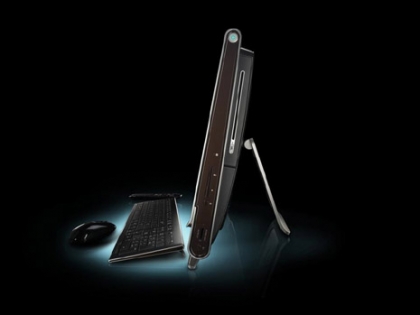Think about that for a second. It was written in 1949 by the seminal figure in ecological conservation, Aldo Leopold. It’s quite a powerful phrase, the simple articulation that man must consume and build. There is no greater asset than our ability to create. It comes at a great cost, but without question, we’re all beginning to better define the ‘right’ manner for this process of creation.
At the heart of the issue lies one fundamental truth: less is more. Less material. Less packaging. Less harmful content. Less shipping footprint. Less impact. Less, less, less… How paradoxical is it, then, that the U.S. Census officially predicts nine billion people will inhabit the planet by 2050 – one third more than currently exist. By definition, that’s a lot more stuff. More products. More packaging. More shipping. More consumption, on the grandest of scales.
At every point, the symbiotic act of creating all of this content will require the skilled designer and engineer: those members of the creation chain endowed with the knowledge and privilege to conceive of, form and specify the manner in which all of this stuff is brought to life. The great ‘axe holders’ of the future.
A few months ago I was having lunch with perhaps the most powerful of the axe holders, Warren Haug, former Vice President of Research and Development, Proctor & Gamble. I asked the pressing question, ”How does P&G deal with the subject of sustainability?” His answer was brilliant in its simplicity: “The public is on board with green as long as two things happen: one, it doesn’t degrade the product and two, it doesn’t affect the price.”
That’s it. That’s the world that P&G and most retail and consumer products live in.
The designers and engineers are then given the mind-bending task of making more attractive goods and making them more cheaply – all while wielding the axe of responsible creation. Sounds daunting, but it’s being done.
Last year HP asked Lunar to breathe new life into the home computer. “Make it more compelling. Give us something iconic…and help us cut costs!” We did all of this, and built sustainability into the equation by consolidating components and simplifying the product architecture.
Three weeks ago HP started delivering the Touchsmart PC, a gorgeous piece that exudes ‘less’ while offering the consumer ‘more.’ We shed the oversized metal box and integrated the CPU and display into a single compact gesture that reduces part-count and shrinks the shipping footprint considerably.
Most notably, the product reduces material usage by 50% (primarily plastic and steel). It has also successfully helped catalyze a paradigm shift in consumer perception of size and desirability. HP is now defining this emerging category as the Single Volume Product (SVP). SVP is a more dynamic solution to the part and feature consolidation that was originally introduced in the All-In-One computer (i.e., Apple IMac).
We’re proud of the work we’re doing, and though it’s never easy, responsible creation can happen when sustainable thinking meets creativity that makes a difference.
Image Credit: © Hewlett-Packard, 2008

